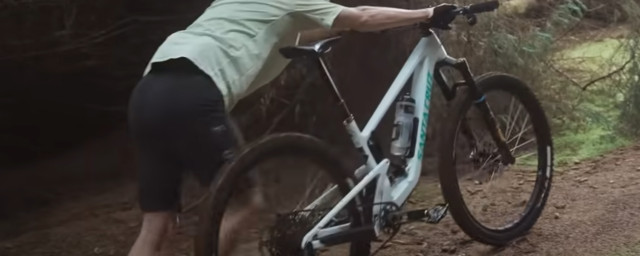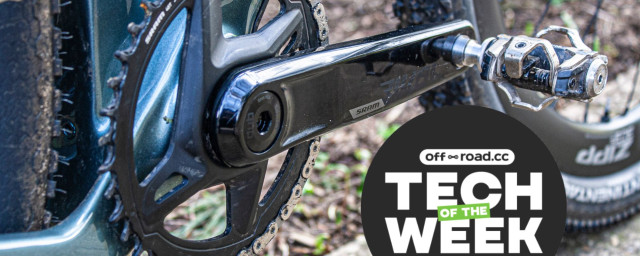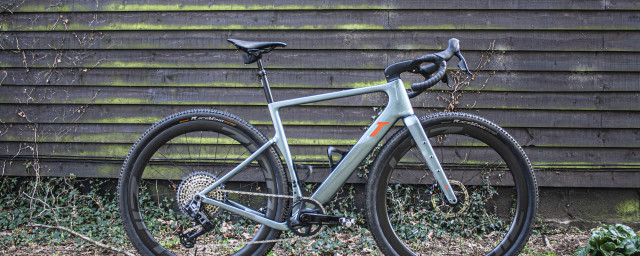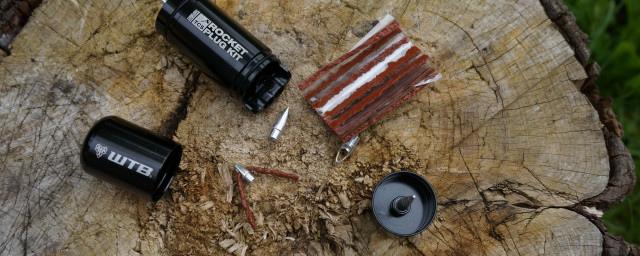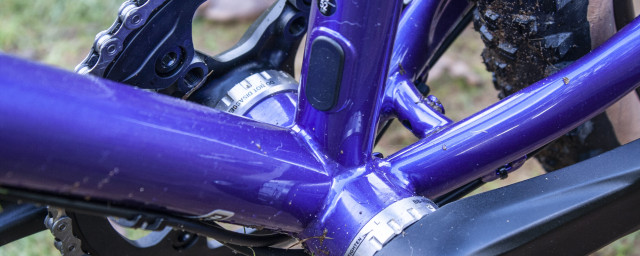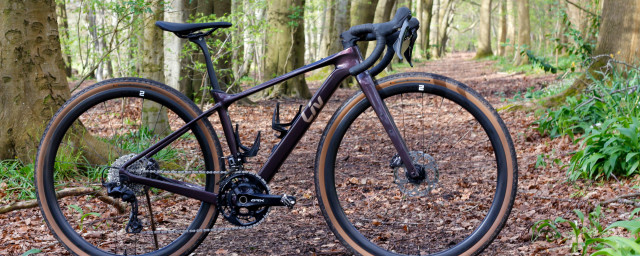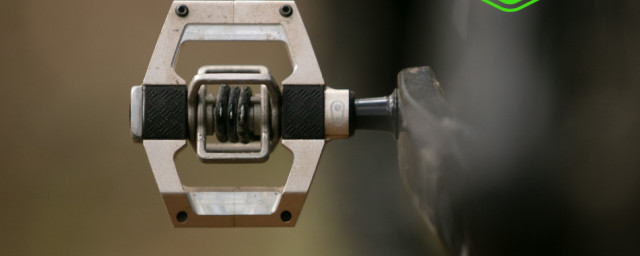Joe’s No Flats Elite Racer Sealant is designed specifically for off-road bikes, with claims of sealing large punctures and creating a firmer seal. The consistency can make it difficult to use but, during testing, it performed reasonably well with good sealing properties - and makes a compelling case as one of the best tubeless sealants.
- WTB TCS Tubeless Tyre Sealant
- Peatys Holeshot Biofibre tubeless sealant review
- Vittoria Universal Tubeless Tire Sealant review
Joe's No Flats Elite Racer Sealant – Technical Details
Joe’ No Flats produces several different sealants from the original standard version to more road-orientated and eco-based versions. This sealant is latex-based containing particles within the solution to seal punctures of up to 6mm in size.
There are two sizes available: 125ml aimed more for single-tyre use and the larger 500ml bottle. We used 80ml of fluid for our testing, Joe's No Flats suggests 125ml for larger mountain bike tyres.
The sealant lifespan is claimed at three to eight months (longer than many of its rivals) with the sealant also suitable for use in tubular tyres and inners tubes.
The sealant has a very thick consistency and this made it harder to put into the tyre, as despite shaking the bottle very well, the particles within the latex solution clogged the nozzle very quickly. The particles are very visible in the solution. The particles did not clog into balls as some other sealants can do when it dries but rather take on a more sediment-like look and feel. With this in mind, injecting the sealant into any tubular or inner tube when using a removable valve core would probably be very difficult.
Joe's No Flats Elite Racer Sealant - Performance
To test sealant performance, we created a standardised puncture test to assess each contender. The same exact tyre on the same rim for each sealant. The tyre used was a Halo GXC, measuring 47mm. Tyre sealant was added in the amount suggested by the manufacturer, and the tyre was inflated to 40psi.
This pressure was chosen to give a realistic tyre pressure for all areas of off-road riding. A digital tyre pressure gauge was used to ensure that the pressure was identical on each test. After that, the tyre was rotated sufficiently to ensure that it was distributed evenly throughout the tyre. The tyres were all punctured by driving a 3mm nail through the carcass. The wheel was rotated to assess if the sealant had successfully sealed the hole. If the sealant worked, the test was repeated using a 5mm diameter nail, and if successful on the larger hole the remaining air pressure was measured with a digital pressure gauge and the result was recorded.
During the test, on the smaller 3mm hole, more air escaped than other sealants but it did seal. Surprisingly this wasn't the case for the larger hole with 38.1psi remaining - that said, there was quite a bit of spray but it sealed within a few rotations. The result was still better than average on the larger puncture, which gives some reassurance when negotiating appreciably rocky terrain.
Although the sealant possessed some sediment when initially put into the tyre, the particles separated and remained in this consistency for the duration of testing. The majority of the sealant stayed liquid but after a two-week period of little riding, there were some noticeable sections on the edge of the tyres where the sealant had pooled.
The areas that had dried are typical for latex-based sealants and, compared to more recent synthetic sealants, this one will dry out faster. The fact that the particles remained separate really surprised me as I did expect them to clump. The areas that had dried out - especially around the tyre bead - were very difficult to remove, requiring lots of force.
Joe's No Flats Elite Racer Sealant - Verdict
Overall the performance is good for a latex-based solution and, while it did not perform as well as some other sealants we have tested in the forced puncture tests, it was the best of the latex-based sealants. The price is also very competitive: at £15 the 500ml bottle is cheaper than most other sealants and the smaller 125ml bottle (£8) might be suitable to carry while racing. Compared to others, the WTB TCS sealant is matched on price, which is another very competitively priced sealant.
While the sealant is not the best in the segment it did perform well and is the best among the latex-based sealants. It did dry out in areas, especially when pooled for a few weeks owing to little use, but the particles remained in liquid form and did not clump together.
You might also like:
- Opinion: We need to be more specific about what 'gravel' is
- How 26-inch wheels are still turning out the fun
- Best titanium gravel and adventure bikes you can buy



